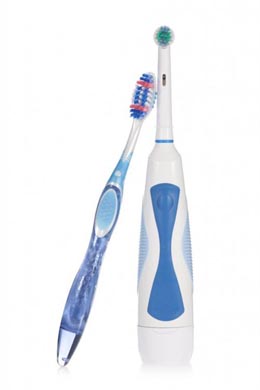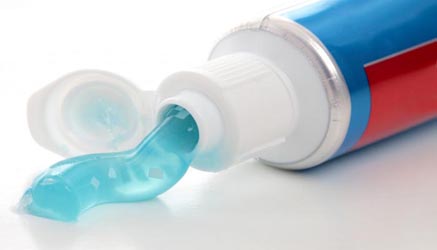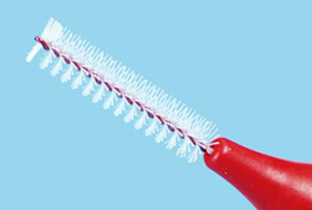


Gum disease, known as periodontal disease, is a chronic bacterial infection around the tooth that affects the gums and bone. It can occur on one particular tooth or many teeth.
If left untreated, this can result in bleeding gums, bad breath, shaky teeth and eventual tooth loss. There have been studies that link gum disease to an increased risk for heart disease, stroke, and osteoporosis. Pregnant women with gum disease have a higher risk of miscarriage and premature birth.
Why do my gums bleed?
Gum bleeding is usually the first sign of gum diseases. You may find your gums bleeding during brushing, flossing or even eating hard food. Other clinical signs/symptoms of gum disease include:
Why do teeth sometimes become shaky?
Plaque causes the gums to become inflamed – red, swollen and bleed easily. This is known as gingivitis and there is usually no pain at this stage. It is caused by inadequate oral hygiene and can be treated with professional dental treatment and good oral home care.
If left untreated, gingivitis can progress to periodontitis. At this stage, tissues and bones that support the tooth are destroyed. Gums will start to separate from the teeth, forming deeper pockets (spaces between the teeth and gums). As the disease progresses, the pockets deepen further and more gum tissues and bones are destroyed. Eventually, teeth will become shaky and have to be removed.
How can we prevent gum disease?
Proper daily toothbrushing twice a day and flossing at least once a day is important to prevent gum diseases.

Regular dental visits for a professional cleaning once every 6 months is also necessary to remove tartar and to better clean those areas that you may have missed. This regular visit can help prevent gum & oral disease.
How can we choose the correct type of toothbrush?

Use a toothbrush that allows easy access to all areas of the mouth especially the back of your teeth. Choose a toothbrush with soft nylon bristles with rounded ends to prevent hurting the gums. It should have a long, wide handle for a firm grasp.
If you are unable to clean your teeth well with a manual , consider using an electric toothbrush to clean more effectively.
What is the difference between electric tooth brush & manual tooth brush & how do we use it?

Many people are using improper brushing techniques and they are not brushing long enough. For the usage of an electric toothbrush, minimal skill is needed and some electric brushes come with a timer setting while a manual toothbrush requires manual dexterity and diligence for effective brushing.
Electric toothbrushes require lesser brushing force to provide effective dental plaque removal than manual toothbrushes. They are gentle and less likely to cause damage to the enamel and gums.
The brushing technique for electric toothbrushes is different from a manual one. Electric toothbrushes perform most of the necessary movements on their own, so you do not have to apply as much pressure as you would with a manual toothbrush. The grip may vary from model to model due to different handle shapes.
What is the correct method of tooth brushing?

What are the consequences of incorrect tooth brushing?
Incorrect tooth brushing can cause abrasion on the tooth surfaces and damage to the gums. Abrasion is the wearing out of the outer layer of the tooth, called enamel. It can also affect the layer underneath the enamel, called dentin or the root’s layer, called cementum.
Abrasion can be caused by several reasons:
When teeth are worn out, it can lead to tooth sensitivity.
Incorrect tooth brushing can lead to inflamed, easily bleeding or even swollen gums and this can also result in gingival recession.
How can I manage the gaps between the teeth (interdental)?
First, check with the dentist if there are any caries / decay in between the teeth. These cavities are not easily seen as the gaps are quite tight. Your dentist may need to take an X-ray to check thoroughly.
If the gaps in between the teeth are caused by gum recession and not by decay, you need to keep the interdental areas clean to prevent any further deterioration or recession of the gums.
You will need to attend at the dental clinic for regular checkups & cleanings. At home, you will also need to keep the areas clean with floss / interdental brush.

 |
 |